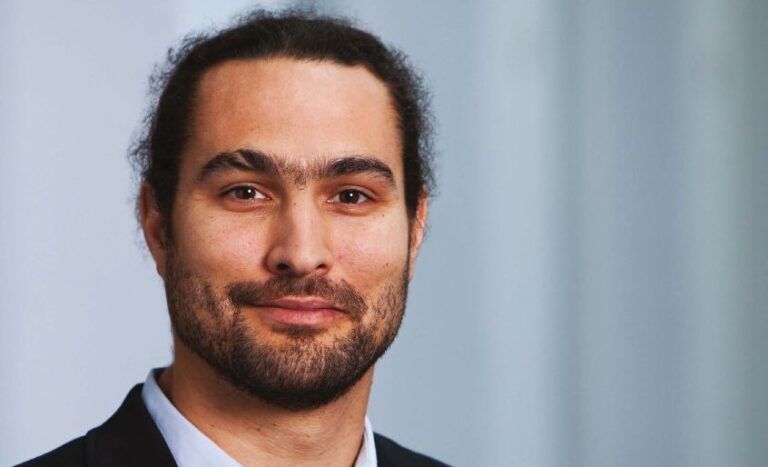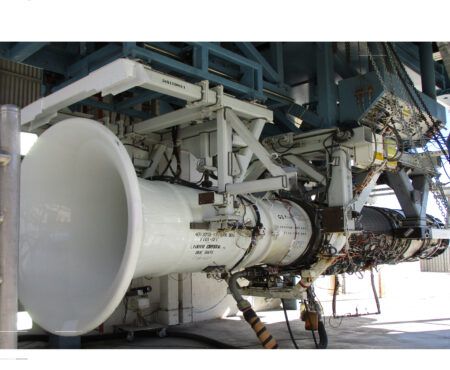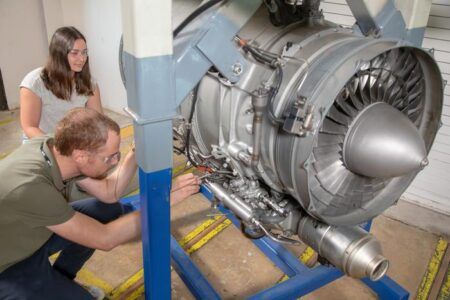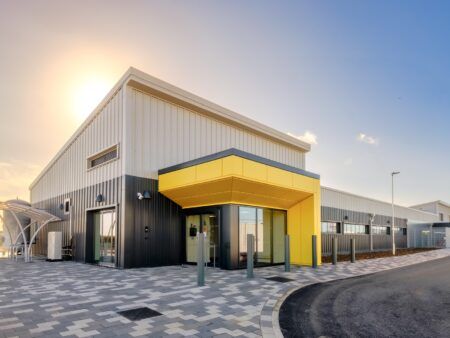More than ten years after we established the Combustion, Acoustics and Flow Physics (CAPS) Lab at ETH Zurich, it is hosting pioneering experiments, where we manipulate combustion inside jet engines using sound. The results are helping to shape the first generation of hydrogen engines.
Our busy CAPS laboratory typically has around 15 researchers and up to eight projects running, investigating combustion, fluid dynamics and acoustics using test rigs and high-power computers. One of our goals is to do research that is useful for industry, although we do blue-skies research as well – this is where some of our acoustics work falls.
In our largest combustion experiment facility, we have an air supply that can be modified to be the same temperature and pressure as in an engine at high altitudes, to recreate combustion in flight conditions. Our rigs are built with windows, so we can observe combustion as if it happens. This gives us an inside view of the flames found in an engine that is impossible to get once it is built.
We measure temperature, pressure, acoustic fields and do high-speed particle image velocimetry to analyze flames during a test. We do planar laser-induced fluorescence (PLIF), as well as emission and absorption spectroscopy. PLIF is a challenging type of optical diagnostics that captures slices of the flame so its turbulent, chemically reacting front can be precisely analyzed.
We get to see how the flame morphology changes with the air and fuel mass flows. Our test data also validates and improves numerical simulations.
Recent programs have focused on hydrogen combustion. Crucially, hydrogen’s use as an aviation fuel eliminates carbon dioxide and non-volatile particulate matter emissions.
When hydrogen is injected into a jet engine, it is a gas not a liquid like kerosene. This radically changes the combustion process. Moreover, hydrogen gas is more reactive and burns up to six times faster than kerosene. If you swap like-for-like in terms of power output with kerosene, a hydrogen flame will be much shorter. It is likely to propagate upstream into the injector, a so-called flashback, and destroy it. The main way of solving this is by developing new injector technologies with special aerodynamic properties for hydrogen combustion.

Thermoacoustic instabilities are another major challenge with hydrogen we are investigating. This is when the sound of combustion inside an engine causes a flame to self-oscillate.
This can cause vibrations that break the engine apart. Thermoacoustic instabilities are difficult to predict and aren’t heard from outside of the engine. The problem also occurs with kerosene, but usually at lower acoustic frequencies compared to hydrogen.
“HYDROGEN GAS IS MORE REACTIVE AND BURNS UP TO SIX TIMES FASTER THAN KEROSENE”
We are working on solutions and have patent applications. The fuel injector can be modified to weaken the sound emitted by the flame, or you can incorporate acoustic dampeners into the chamber to enhance dissipation and stop the thermoacoustic instabilities from developing.
“hydrogen gas is more reactive and burns up to six times faster than kerosene”
We need hydrogen combustion engines as soon as possible, and applied research in this area is crucial for developing them. We cannot develop this technology any other way apart from physical testing. Simulations with supercomputers are not yet reliable enough, so we must do these experiments.
My hope is that we will get to see a hydrogen aircraft powered by an engine equipped with an injector tested at CAPS soon. Then I will know our mission has been successful.





